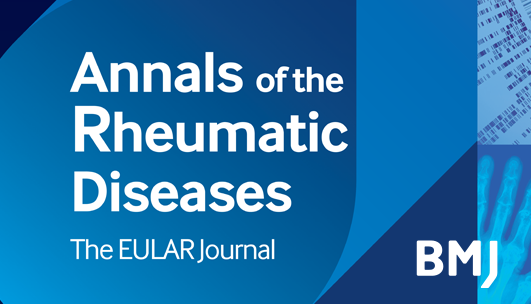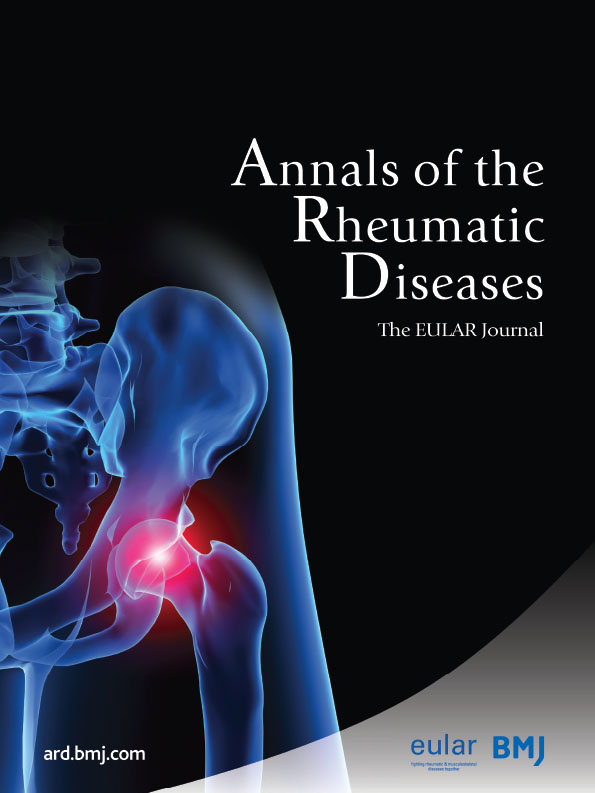Related abstracts
An outbreak of severe Kawasaki-like disease at the Italian epicentre of the SARS-CoV-2 epidemic: an observational cohort study.
Verdoni L, Mazza A, Gervasoni A, et al.
Lancet 2020;395(10239):1771–1778.
Background: The Bergamo province, which is extensively affected by the severe acute respiratory syndrome coronavirus 2 (SARS-CoV-2) epidemic, is a natural observatory of virus manifestations in the general population. In the past month we recorded an outbreak of Kawasaki disease; we aimed to evaluate incidence and features of patients with Kawasaki-like disease diagnosed during the SARS-CoV-2 epidemic.
Methods: All patients diagnosed with a Kawasaki-like disease at our centre in the past 5 years were divided according to symptomatic presentation before (group 1) or after (group 2) the beginning of the SARS-CoV-2 epidemic. Kawasaki- like presentations were managed as Kawasaki disease according to the American Heart Association indications. Kawasaki disease shock syndrome (KDSS) was defined by presence of circulatory dysfunction, and macrophage activation syndrome (MAS) by the Paediatric Rheumatology International Trials Organisation criteria. Current or previous infection was sought by reverse-transcriptase quantitative PCR in nasopharyngeal and oropharyngeal swabs, and by serological qualitative test detecting SARS-CoV-2 IgM and IgG, respectively.
Findings: Group 1 comprised 19 patients (seven boys, 12 girls; aged 3·0 years [SD 2·5]) diagnosed between Jan 1, 2015, and Feb 17, 2020. Group 2 included ten patients (seven boys, three girls; aged 7·5 years [SD 3·5]) diagnosed between Feb 18 and April 20, 2020; eight of ten were positive for IgG or IgM, or both. The two groups differed in disease incidence (group 1 vs group 2, 0·3 vs ten per month), mean age (3·0 vs 7·5 years), cardiac involvement (two of 19 vs six of ten), KDSS (zero of 19 vs five of ten), MAS (zero of 19 vs five of ten), and need for adjunctive steroid treatment (three of 19 vs eight of ten; all p<0·01).
Interpretation: In the past month we found a 30-fold increased incidence of Kawasaki-like disease. Children diagnosed after the SARS-CoV-2 epidemic began showed evidence of immune response to the virus, were older, had a higher rate of cardiac involvement, and features of MAS. The SARS-CoV-2 epidemic was associated with high incidence of a severe form of Kawasaki disease. A similar outbreak of Kawasaki-like disease is expected in countries involved in the SARS-CoV-2 epidemic.
Read more
Emergence of Kawasaki disease related to SARS-CoV-2 infection in an epicentre of the French COVID-19 epidemic: a time-series analysis.
Ouldali N, Pouletty M, Mariani P, et al.
Lancet Child Adolesc Health 2020;S2352-4642(20)30175-9.
Background: Kawasaki disease is an acute febrile systemic childhood vasculitis, which is suspected to be triggered by respiratory viral infections. We aimed to examine whether the ongoing COVID-19 epidemic, caused by severe acute respiratory syndrome coronavirus 2 (SARS-CoV-2), is associated with an increase in the incidence of Kawasaki disease.
Methods: We did a quasi-experimental interrupted time series analysis over the past 15 years in a tertiary paediatric centre in the Paris region, a French epicentre of the COVID-19 outbreak. The main outcome was the number of Kawasaki disease cases over time, estimated by quasi-Poisson regression. In the same centre, we recorded the number of hospital admissions from the emergency department (2005-2020) and the results of nasopharyngeal multiplex PCR to identify respiratory pathogens (2017-2020). These data were compared with daily hospital admissions due to confirmed COVID-19 in the same region, recorded by Public Health France.
Findings: Between Dec 1, 2005, and May 20, 2020, we included 230 patients with Kawasaki disease. The median number of Kawasaki disease hospitalisations estimated by the quasi-Poisson model was 1·2 per month (IQR 1·1-1·3). In April, 2020, we identified a rapid increase of Kawasaki disease that was related to SARS-CoV-2 (six cases per month; 497% increase [95% CI 72-1082]; p=0·0011), starting 2 weeks after the peak of the COVID-19 epidemic. SARS-CoV-2 was the only virus circulating intensely during this period, and was found in eight (80%) of ten patients with Kawasaki disease since April 15 (SARS-CoV-2-positive PCR or serology). A second peak of hospital admissions due to Kawasaki disease was observed in December, 2009 (six cases per month; 365% increase ([31-719]; p=0.0053), concomitant with the influenza A H1N1 pandemic.
Interpretation: Our study further suggests that viral respiratory infections, including SAR-CoV-2, could be triggers for Kawasaki disease and indicates the potential timing of an increase in incidence of the disease in COVID-19 epidemics. Health-care providers should be prepared to manage an influx of patients with severe Kawasaki disease, particularly in countries where the peak of COVID-19 has recently been reached.
Read more







